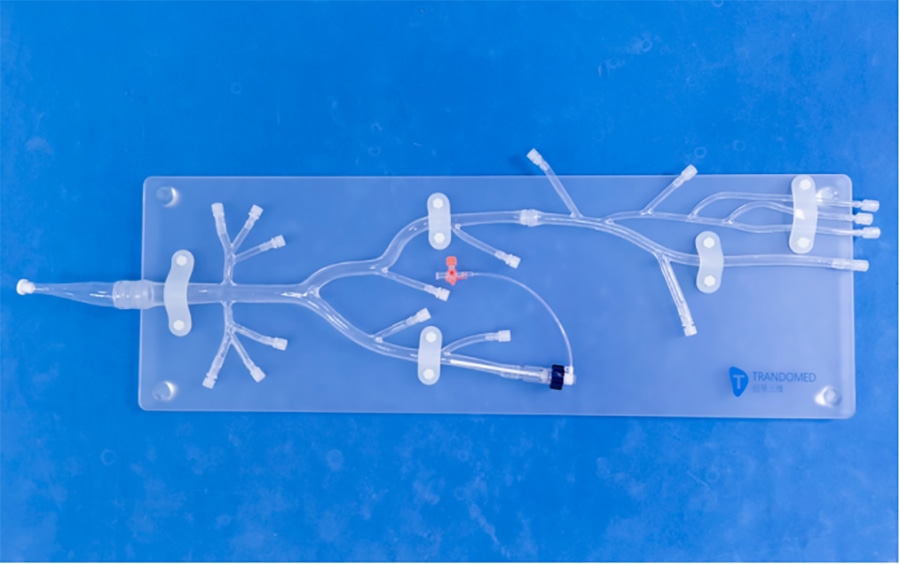
#Industry News
What is lower extremity arteriosclerosis?
Lower Extremity Artery I
Many elderly people have this experience, after walking for a distance, there is pain in one or both sides of the calf, and they are forced to stop, rest for a while, the pain disappears, and they can continue to walk; The symptoms are so repeated that you have to stop to rest several times during a journey. This symptom is often attributed to old age, but it is actually a sign of lower extremity arteriosclerosis, known medically as intermittent claudication.
Arteriosclerosis of lower extremity is a part of systemic arteriosclerosis. When lipid components in blood are deposited under the intima of the artery leading to lower extremity, or smooth muscle cells proliferate under the intima, the intima protrudes into the lumen, resulting in stenosis of the lumen and reduced blood flow to the lower extremity. As the disease progresses, the lumen Narrows, and symptoms occur when the blood supply cannot meet the oxygen and nutrient needs of the limb during movement. The initial manifestations are cold and numbness in the limbs, and the increased demand for oxygen in the lower limb muscles during walking, and the diseased blood vessels cannot provide enough oxygen-rich arterial blood, forcing the muscle cells to undergo anoxic metabolism, resulting in a large amount of acidic metabolic waste, which stimulates nerve endings and causes pain. When the activity stops, metabolic waste is removed by the bloodstream, the pain disappears, and the symptoms repeat. The distance between when you start walking and when you are forced to stop in pain is called limping distance. The claudication distance decreased gradually with the progression of the disease. When the trunk of the artery is narrowed or occluded, local hypotension of the distal artery releases vasoactive substances, leading to the dilation of the collateral arterioles, which compensates for the maintenance of nutrient blood flow through microvascular dilation. Further development of the disease, when the collateral compensation is not enough to maintain the needs of the limb, the worst blood supply of the toe part of the day and night pain, called resting pain. Eventually gangrene develops on the extremities.
If intermittent claudication occurs, go to the hospital as soon as possible. The treatment of lower extremity arteriosclerosis includes medical conservative treatment and surgical treatment. Medical treatment is suitable for patients with mild disease or who cannot tolerate surgery, including smoking cessation, keeping warm, proper exercise, hyperbaric oxygen therapy, and various vasodilators, anticoagulation, activating blood circulation and removing stasis drugs. Surgical treatment includes interventional treatment and surgical treatment. Interventional therapy is a minimally invasive treatment, in which arterial puncture and catheter are introduced under local anesthesia to dilate and/or stent implantation of the narrow site. The advantages are that the trauma is small, the patient can recover quickly, and it is suitable for larger blood vessels. The new stents that have emerged in recent years can even be used for narrow arteries near the knee joint. It was previously believed that interventional therapy was not suitable for patients with long vascular lesions, but with the innovation of interventional equipment and the popularization of interventional technology, almost all lower limb artery lesions can be solved by interventional technology.





